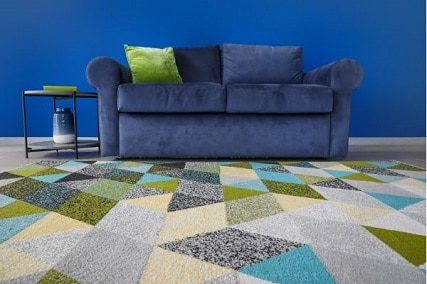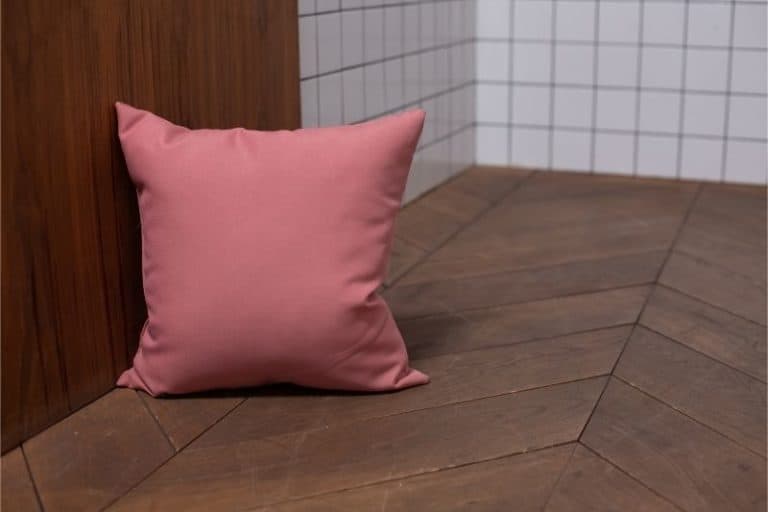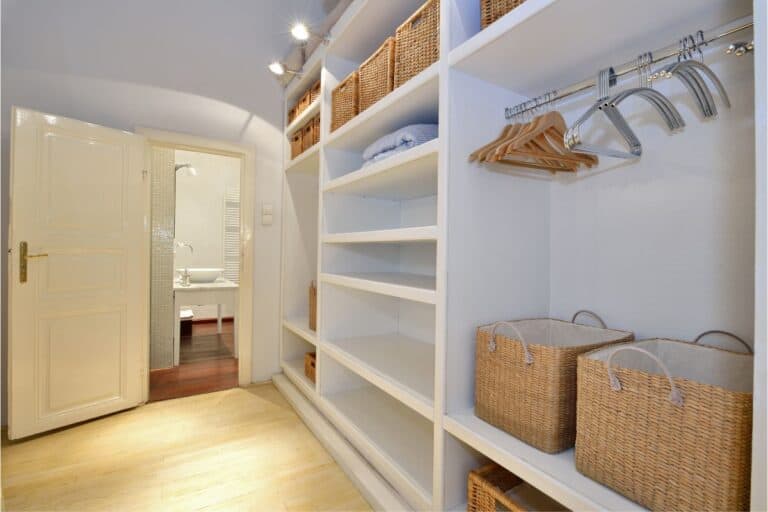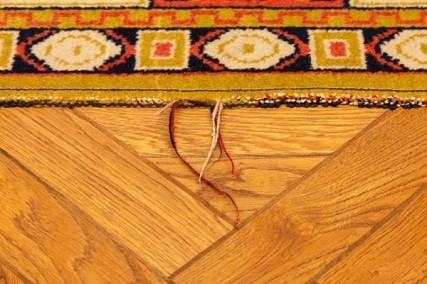Do you want to learn how to build a kitchen bench? If so, you’ve come to the right place! Building furniture can be intimidating, especially if it’s your first time. But don’t worry – with our step-by-step guide, you won’t have any trouble creating your own custom kitchen bench.
This article will walk you through everything from start to finish: materials and tools needed, cutting instructions, assembly tips and more. We’ll also provide helpful safety reminders throughout the process so that you can create this project with confidence. So let’s get started on building your very own kitchen bench!
Once complete, your new wooden bench will not only look great in your home but offer additional seating as well. Whether it’s for mealtime or just extra space when entertaining guests – having a beautiful kitchen bench is sure to add an extra touch of style and comfort to any room!
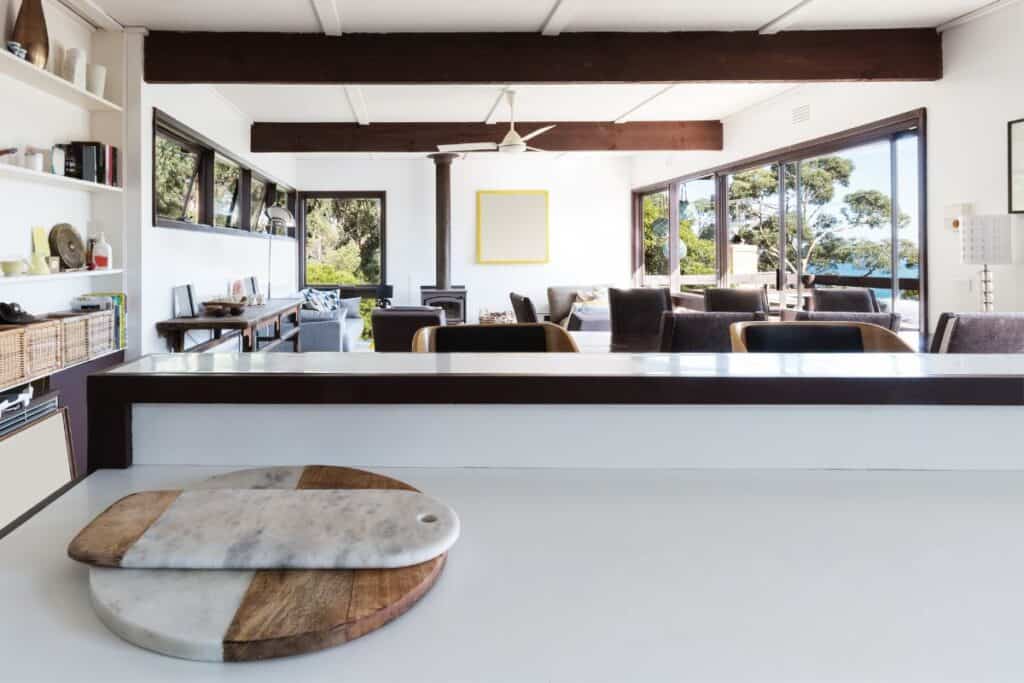
Overview Of Project
Building a kitchen bench is an exciting DIY project. It’s also one of the simplest to do, if you have the right build guide. This overview will provide step-by-step instructions on how to construct your own custom kitchen bench.
You’ll be able to find all the materials and tools necessary for this project at any local hardware store or online supplier. The process is surprisingly straightforward – it just takes time and patience! With careful attention and clear directions, anyone can create a beautiful and functional piece of furniture that they can proudly display in their home.
Materials Needed
Next, it’s time to gather the materials needed for your kitchen bench. To ensure you have everything on-hand before getting started, take stock of what you already have and make a shopping list of any missing items. You’ll need wood screws, drill bit, saw blade, wood glue and a bench cushion.
Make sure that all the necessary tools are available as well. A miter or circular saw is best for cutting boards or plywood sheets into the various pieces required for building the frame of the bench; an electric drill with Phillips head screwdriver bits will be useful for putting together joints; and sandpaper can smooth down rough edges. Finally, don’t forget to purchase protective gear such as safety glasses and gloves when using power tools! With all these in place, you’re now ready to start constructing your own kitchen bench.
Dimensions And Measurements
When it comes to building a kitchen bench, dimensions and measurements are essential. You’ll need to ensure that the width, depth, and length of your construction fit within the confines of your kitchen. Here’s what you should consider when planning out your project:
- Bench Dimensions: What is the size of the bench you’re aiming for? Consider how much space you have in your kitchen before deciding on the final dimensions.
- Kitchen Measurements: How wide and deep will your bench be? Make sure this fits into any existing furniture or appliances you may already have in place!
- Construction Width & Depth: Take note of both the width and depth measurements so that they match up with all other elements inside your kitchen – such as counters, cupboards, etc.. This helps create an overall balanced look throughout the room.
To get started, take some time to measure out each area where the bench will go – then use these numbers to plan accordingly! With careful consideration and proper accuracy in mind, you can easily build a beautiful and functional kitchen bench that fits perfectly into its surroundings.
Cutting And Installation Of Wood Pieces
Now that you have the dimensions and measurements for your kitchen bench squared away, it’s time to start cutting and installing the wood pieces. This is an important step in creating a safe and sturdy structure for your bench.
Before beginning, make sure you have all of the necessary tools at hand: a saw, drill, screws, clamps, etc. Once everything is gathered up, begin by carefully measuring out each piece of wood with precise accuracy according to the dimensions you determined earlier. Using the saw and other power tools can be dangerous if used incorrectly; always wear protective eyewear while working and keep children away from any areas where power tools are being utilized.
Once all of the wood has been cut into its correct shape and size based on your prior measurements, assemble them together using nails or screws as needed. Clamp them firmly in place until they’re secure when attaching two or more pieces together. Now that your kitchen bench frame is complete, sand down any rough edges before staining or painting it to give it a nice finish look.
Assemble The Frame
It’s time to get started on the frame assembly! Building a kitchen bench requires attention to detail, focus, and safety. First, you’ll need some basic tools such as an impact driver, drill bits, screwdriver bit set, screws and other fasteners.
Once all of your materials are gathered up:
- Begin by attaching two sets of legs together using wood glue and 2″ screws; be sure to use clamps for added support while assembling.
- Next, attach the front and back braces to the leg assemblies with 3″ screws or bolts; make sure they’re securely connected before continuing construction.
- Lastly, install any additional supports needed for extra stability in the frame installation process; these may include cleats underneath each leg or cross-braces across the top of the frame.
If done correctly, your finished product should look great and last for years. By following these instructions closely and taking necessary precautions when building your frame assembly, you can enjoy safe and successful results every time!
Attach Top Surface
Now that the frame is assembled, it’s time to attach the top surface of your kitchen bench. This step requires a few materials, including screws and glue. Start by measuring the top surface you want to affix to your bench. Make sure you have enough material to cover the entire area of the frame. Once measured, use wood glue to secure the piece in place. Make sure there are no gaps between any pieces of wood so that everything fits together snugly.
For added stability, add screws around the perimeter of your top surface. Use 3-4 inch screws for this purpose as they’re ideal for keeping surfaces secured together without damaging them over time or through wear and tear. Drive each screw into pre-drilled holes carefully with a drill bit sized appropriately for your screws. After all screws are installed, you can be confident that your kitchen bench will remain stable and durable for years to come!
Finishing Touches
Once the kitchen bench is built, it’s time to add some finishing touches.
Stain Colors
Staining your bench will give you more control over its color and how it complements other furniture in the room. It’s important to choose a stain that coordinates with existing colors and accents in the space. Many people also like to use a combination of stains for a unique look. Experiment with different shades until you find one that works best for your space and style.
Decorative Trim and Upholstery Fabric
You can customize the look of your bench by adding decorative trim or upholstering fabric on top of the wood surface. To make sure everything looks perfect, measure twice before cutting any fabric or attaching hardware. Choose from a wide variety of fabrics, trims and hardware choices to get the exact look you want for your new piece of furniture.
Finally, consider adding cushion foam underneath upholstery fabric if comfort is an issue. This will provide extra support so you can enjoy sitting at your new kitchen bench without feeling uncomfortable after extended periods of time.
Seating Options
When it comes to creating extra seating in the kitchen, there are several options to consider. Bench seating is an excellent choice for those who want a cozy spot to relax and enjoy breakfast or small meals. It can easily be incorporated into any existing kitchen design, making it a practical option for boosting seating. For larger kitchens with more space, built-in seating may be the way to go. This provides additional storage while also offering comfortable seating that won’t take up too much room.
No matter which type of kitchen seating you choose, it’s important to ensure that all family members feel safe and secure when sitting down. Whether you opt for bench seating, built-in seating, or another solution, make sure your selection is comfortable and stable – this will help create a sense of safety as everyone enjoys their meal together.
Storage Solutions
When it comes to kitchen bench seating, storage solutions are key. With a DIY bench project, you can create built-in storage that meets your specific needs. Whether you want open shelves or cabinet doors for hidden storage, the design options are endless. Plus, customizing the measurements of your bench allows you to make use of any available space in your kitchen.
By combining solid construction techniques with materials like wood and metal, you’ll be able to build a sturdy, long-lasting kitchen bench that looks great too. Measure twice and cut once will ensure accuracy throughout the process. So take some time to plan out what pieces you need and how they fit together before starting work on your diy bench project. When done right, you’ll have an attractive piece of furniture that adds both beauty and functionality to your home!
Maintenance Guidelines
Now that we’ve discussed various storage solutions for your kitchen bench, it’s time to look at how you can keep it looking its best. Maintenance is key when it comes to keeping a kitchen bench in top form and ensuring its longevity. So let’s take a closer look at the maintenance guidelines associated with this particular piece of furniture.
When cleaning your kitchen bench, use mild soap and water instead of harsh chemicals. This will help to protect the finish and prevent scratches or other damage. It’s also important to dry any moisture immediately after wiping down the surface, as leaving moisture on the bench could cause staining or discoloration over time.
As far as upkeep instructions go, dusting should be done regularly using a soft cloth or duster. You can also apply an appropriate polish once every three months depending on usage levels to further protect the wood from wear and tear. If necessary, you may need to sand away any major marks or scuffs before applying new polish. In addition, remember not to leave hot dishes directly on the surface as this could lead to permanent damage due to heat transfer or melting wax being left behind by candles or candleholders.
Following these simple tips will ensure that your kitchen bench stays looking great for years!
Conclusion
In conclusion, building a kitchen bench is an easy project that anyone can do. It’s simple to customize the design and size of your bench depending on what you need it for. With just some basic materials and tools, I was able to put together this beautiful piece of furniture in no time.
Now that my bench is complete, I’m looking forward to using it every day as extra seating or storage space in the kitchen. The finishing touches really make the difference when it comes to creating something unique, so don’t forget to show off your style with whatever fabric or paint you decide on!
I hope this article has been helpful in giving you insight into how to build a kitchen bench at home. Thanks for reading and good luck with your own DIY project!

